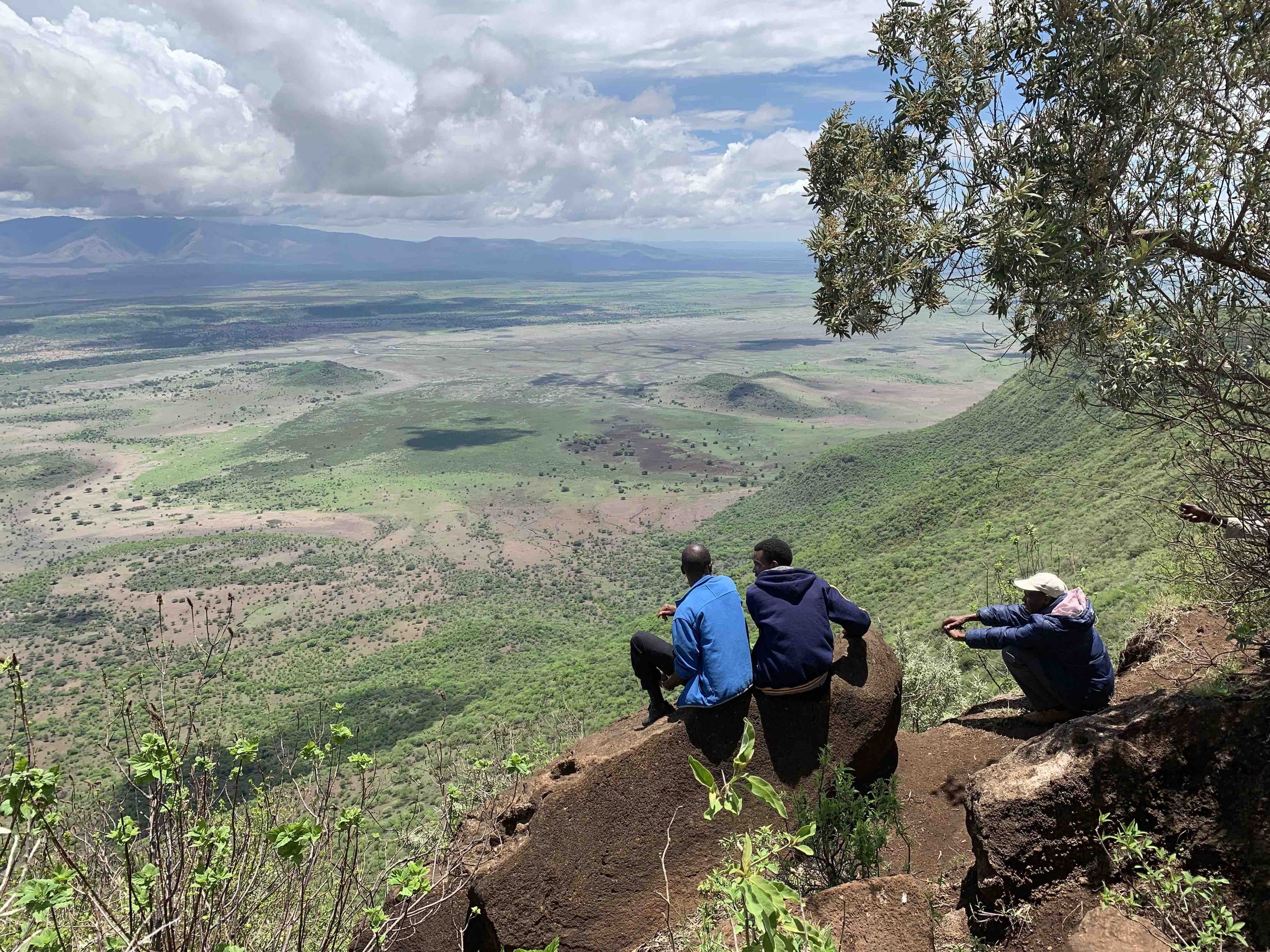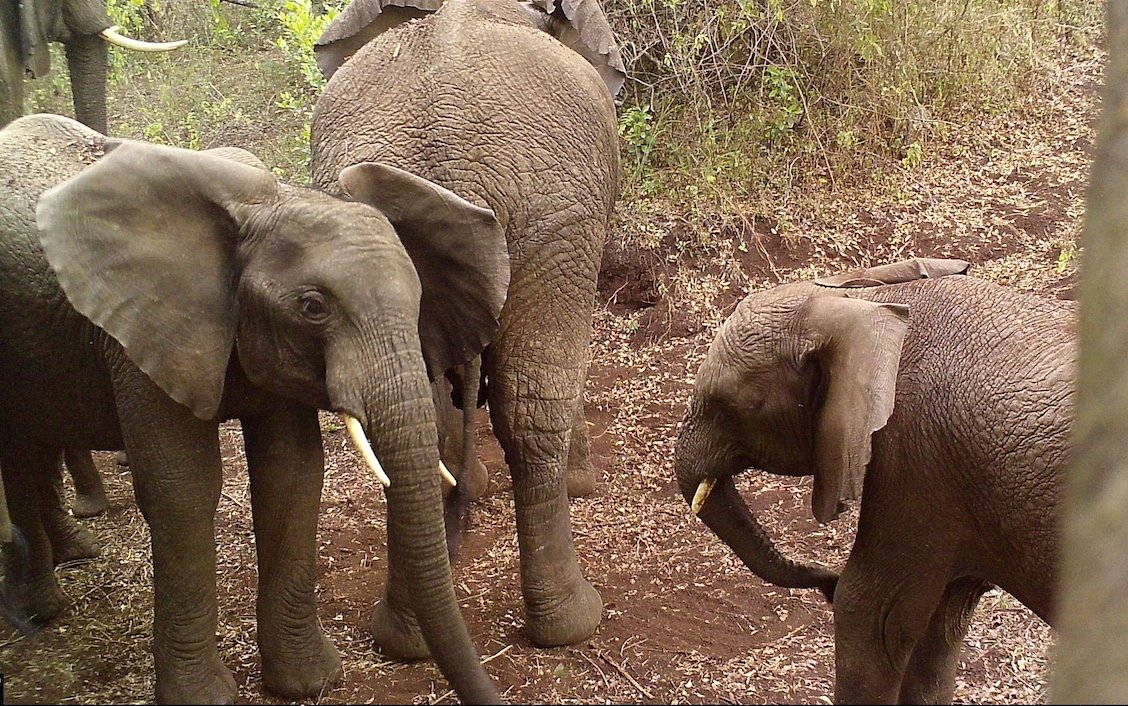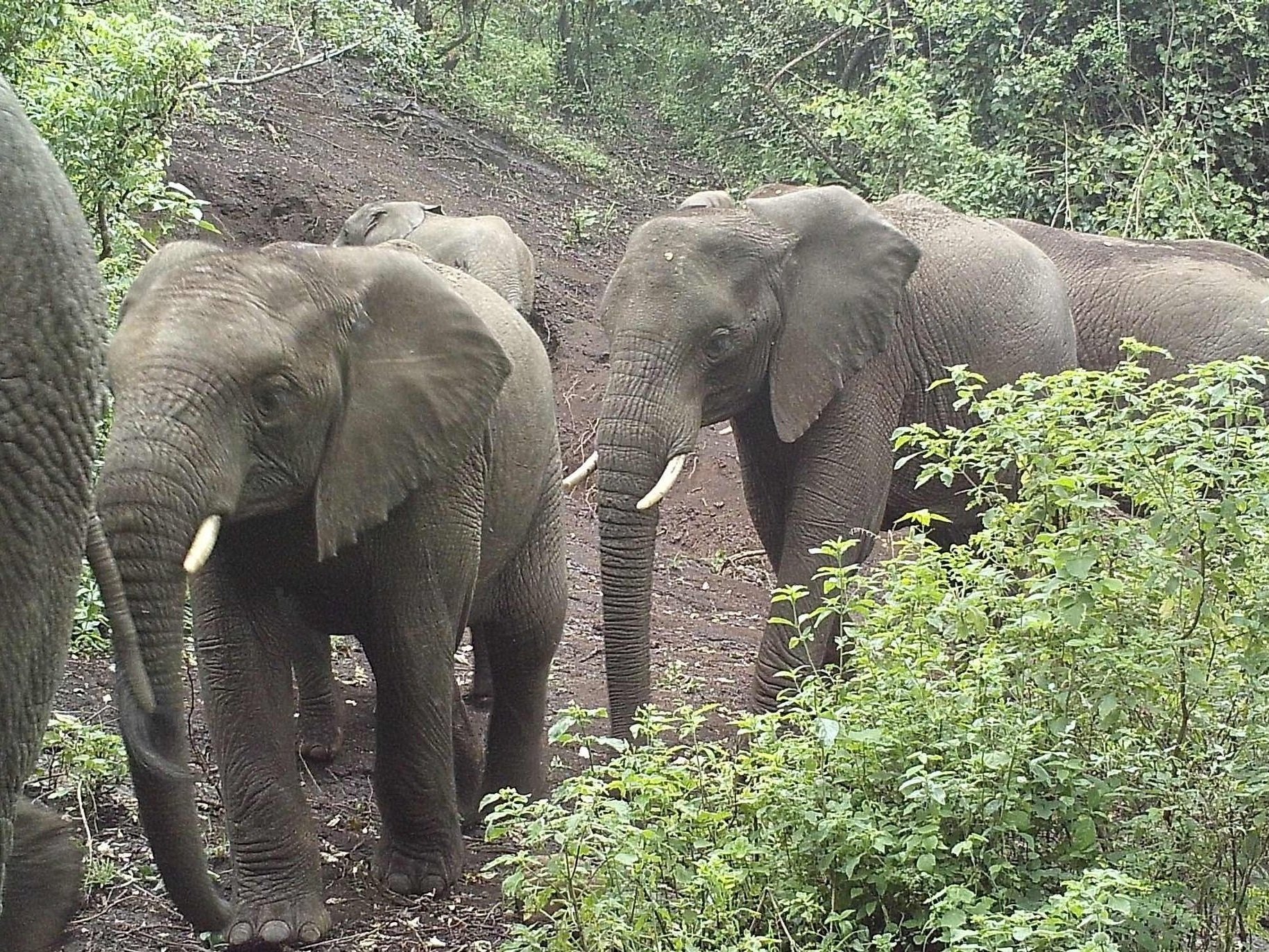
CONSERVING ELEPHANT CORRIDORS
A PATHWAY TO COEXISTENCE
Restoring Elephant Connectivity
📍 UPPER KITETE CORRIDOR, MBULUMBULU, ARUSHA REGION, TANZANIA
LENGTH OF CORRIDOR: 10 KM
NO. OF ELEPHANTS: 100 - 1,000
ELEPHANT DISPERSAL: 93%
SUPPORTING: LEOPARD, LIONS, HYENA, BUFFALO, GENET, CIVET CATS, WATERBUCK
Tanzania is home to approximately 64,000 elephants, and as the planet’s largest land mammal, their survival depends on their ability to migrate hundreds of miles to varying seasonal habitat ranges, and to reach other populations of elephants to ensure genetic diversity for the species. Elephants migrate using specific routes that are embedded in elephant history and span generations.
An elephant corridor can take the shape of a narrow, streamlined linkage between habitat zones, or it can be a wide movement area with elephants dispersed across the landscape. Today, the integrity of these historic corridors is threatened by land intensive farming, and the development of villages, roads, railways and power lines. This fragmentation of habitat breaks up the key connectivity routes for elephants, forcing them into confined protected areas and village land, and often resulting in increased human-elephant conflict.
African elephant populations have plummeted by 66% since the 1970s with hundreds of thousands killed for their ivory. Loss of habitat and conflict with people now threatens their future.
There’s an opportunity now to protect elephants and create secure migration routes, and we believe local communities hold the key to achieveing this. Together, with your support.
LONG TERM CORRIDOR PROTECTION
Explore our data-driven and community-based initiatives, funded by you - our network of donors, and our project funders, The Elephant Crisis Fund.
MONITORING CORRIDOR BIODIVERSITY
Our data and monitoring team install camera traps in and around the corridor to observe wildlife and human activity. Since project inception, the cams have captured a return of predators such as leopard, hyena, and more recently, lions. Identifying key elephant routes and behavioural ecology to inform long term protection solutions.
WOMENS BEEKEEPING ENTERPRISE
Empowering women along the corridor boundary with a sustainable, forest-friendly livelihood in beekeeping. Driving financial independence to improve family wellbeing with honey income funding school fees and safer transport means. Bees boost ecosystem health, and improve coexistence with neighbouring elephants.
WILDIFE WORKSHOPS
Supporting primary and secondary schools with environment clubs open to all year groups. Providing interactive wildlife workshops weekly, on corridor safety, elephant behaviour, coexistence methods, and the world of bees. Club projects include vegetable gardens, tree planting and beekeeping. Inspiring future conservationists.
BIOGAS HOME KITS ON TRIAL
Introducing an alternative and natural gas solution, to reduce tree felling for firewood from the corridor. Our home kits trialled by families along the corridor boundary, utilise cow dung to capture methane which is tapped to a cook stove within the home. This affordable solution improves women’s safety by reducing their time spent collecting firewood inside the corridor.
PROJECT BACKGROUND
In Northern Tanzania, just three elephant corridors remain from an original nine, which now under increasing pressures from a crowded landscape of developed towns, rural villages, and tarmac roads that cater for the thousands of tourists who visit the National Parks and world-famous Serengeti, which makes up the ‘Northern Circuit’.
The Upper Kitete corridor, where are project is based, is an essential migratory route for the elephants and a biodiverse habitat range linking the Ngorongoro Crater with Selela forest below the escarpment. It bisects Upper Kitete Village, with farms cultivated on the east and west side. The local communities depend on its natural resources for the collection of firewood, water and medicinal plants, which can lead to deforestation and fragmentation.
The valley below the escarpment was once forested but due to cattle crazing and human activity, is now a semi-arid landscape with tree clusters. The elephant’s route to Lake Manyara National Park is compromised, and needs a community-wide effort to restore it to its original state.
Wild Survivors and community members scan the escarpment and valley below discussing elephant tracks and villager routes to local markets which overlap habitat areas.
CORRIDOR PROTECTION INITIATIVES
Since 2020, The Elephant Crisis Fund has supported Wild Survivors’ corridor protection projects with Upper Kitete village, to conserve the corridor, and work towards restoring the connectivity to Lake Manyara. At 3km wide, the corridor bisects Upper Kitete village, with fourteen farms bordering the eastern boundary and thirty-five bordering the west. Villagers on the western side must commute across the corridor using a single track to reach schools and medical and basic needs from the other side.
The Ngorongoro Crater is home to around 1,000 elephants, who migrate from the Highlands Forest, over the escarpment edge to reach Selela salt lake. The majority of elephants make this a nightly ritual, returning to the forest by dawn. However, following the success of elephant crop-raiding alleviation and the community making it a no-cultivation zone, the elephants, largely matriarchal herds, are choosing to remain within the corridor for weeks at a time. Currently 95% of the total area of the corridor is frequented by elephants, this has risen from an estimated 30% before the rehabilitation process. This is an indicator of increased habitat health and biodiversity. A win for conservation, but a rising challenge and risk to life for the community.

All of our programmes are built on the foundations of local knowledge and community action. This project is no different.
WILD SURVIVORS COEXISTENCE STRATEGY
1 / ELEPHANTS
Monitoring elephant behaviour and movement ecology to shape habitat protection initiatives.
2 / FORESTS
Rewilding buffer zones, and protecting elephant corridors and ecosystem biodiversity with forest-friendly livelihoods.
3 / COMMUNITIES
Empowering local communities who live alongside wildlife and protected areas.
4 / BEES
Creating coexistence with honeybees and beehive fences.
Our wildlife tech, BuzzBox is inspired by the elephant’s fear of buzzing bees.













